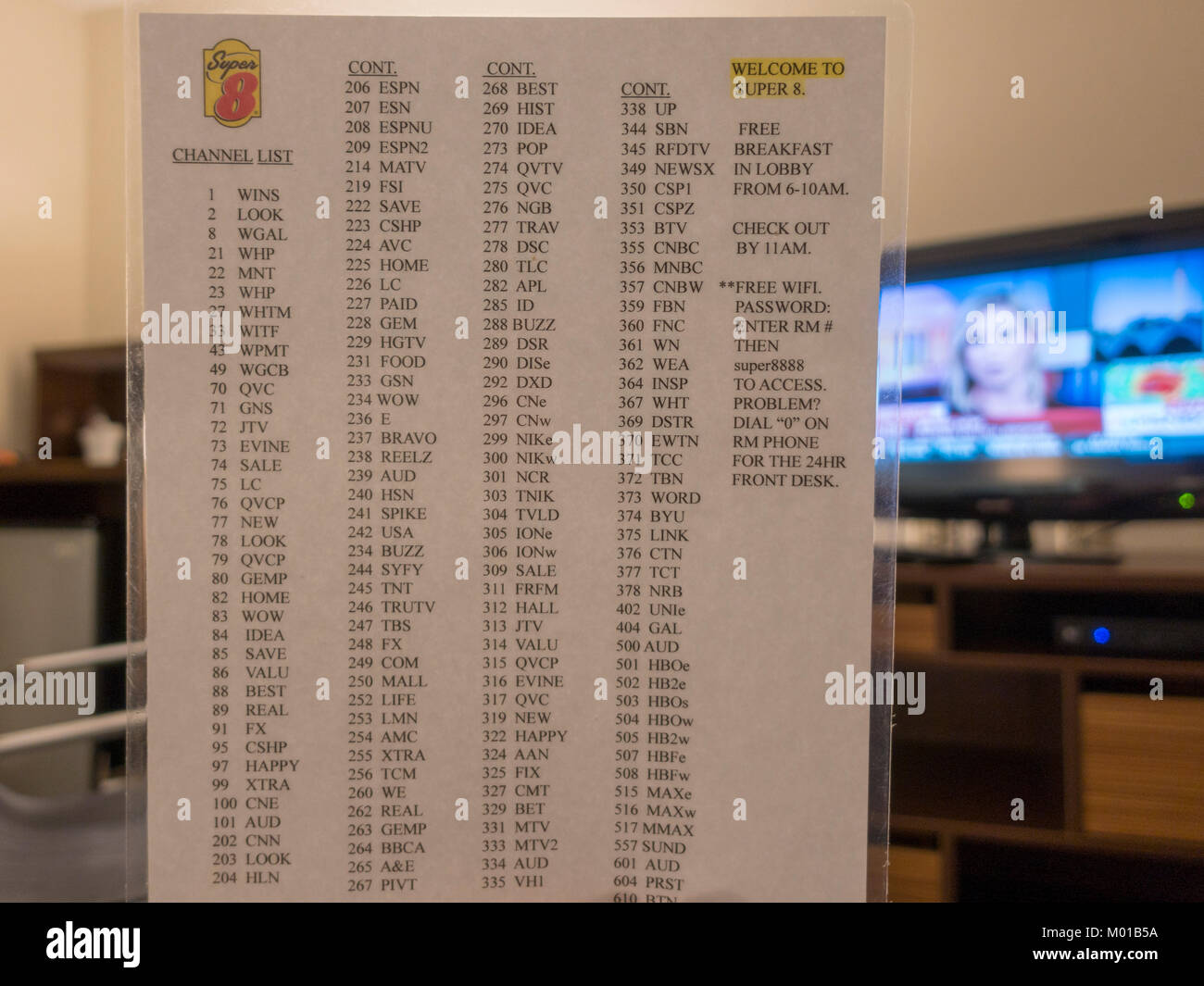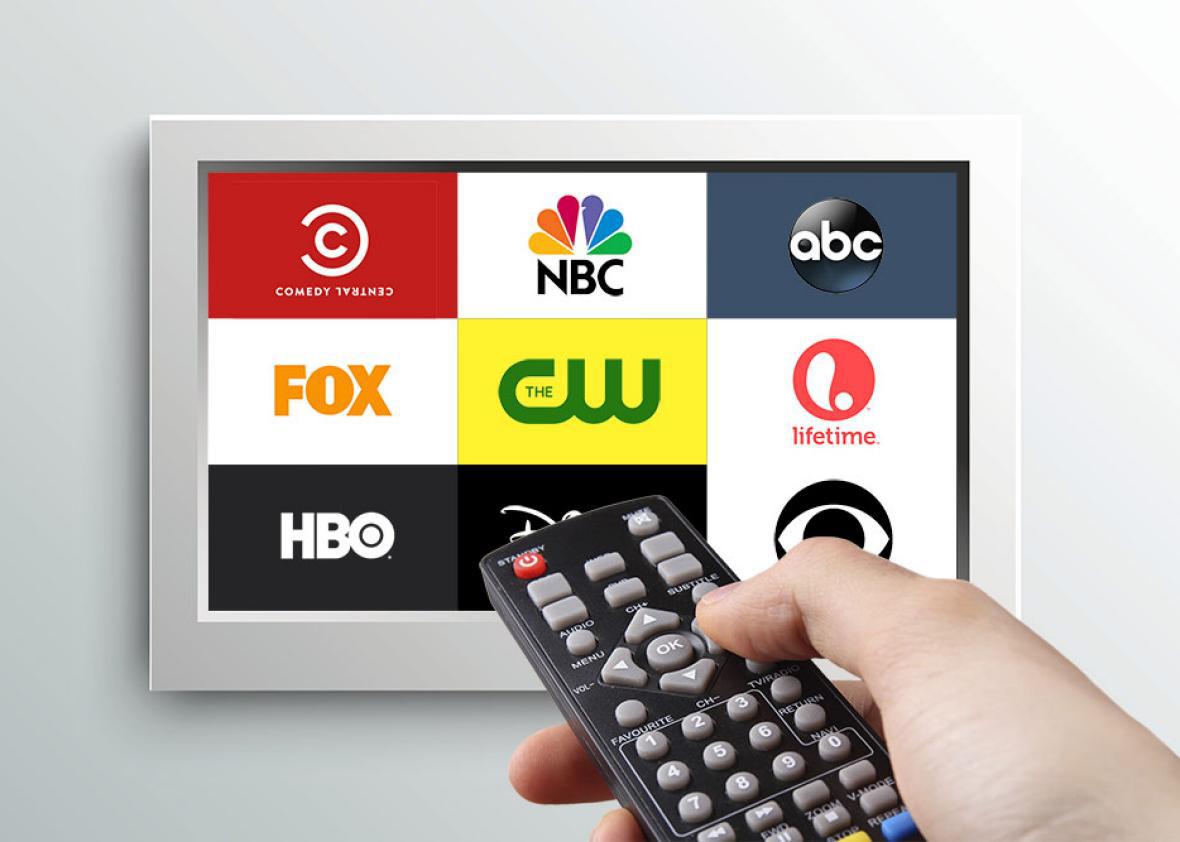Examine This Report about Apollo Group Tv
Examine This Report about Apollo Group Tv
Blog Article
More About Apollo Group Tv
Table of ContentsAll about Apollo Group TvAbout Apollo Group TvApollo Group Tv for DummiesThe Single Strategy To Use For Apollo Group Tv
In this situation, instead of having three-minute business spots throughout a 30-minute television program, TV shows may change to one where a customer will certainly be needed to have a regular monthly subscription, to ensure that they cen view targeted banner ads. This kind of advertising currently occurs on the web, and the amount of data television firms collect allows them to do a lot the very same.Explain the significant fads among the broadcasting and wire networks. Popular radio reveals such as police drama Dragnet and western cowboy series Gunsmoke were adjusted for television, and brand-new Television programs were sponsored by single marketers, just as radio shows had actually been.
Today, the television market is much a lot more complex. Programs are funded by several advertisers; programming is controlled by significant media corporations; and the three major networks no much longer dominate the airwaves yet instead share their customers with many cable television networks. Several aspects account for these patterns within the market, including technological growths, federal government regulations, and the creation of new networks.

The Greatest Guide To Apollo Group Tv
Developed in 1969, (PBS) created out of a report by the Carnegie Compensation on Educational Tv, which checked out the function of instructional, noncommercial tv on culture. Public tv was likewise planned to give universal access to television for visitors in country areas or audiences that can not manage to pay for personal television solutions.
The period in between 1950 and 1970 is traditionally identified as the. Apart from a tiny part of airtime controlled by public tv, the three significant networks (called the Big 3) controlled the tv market, collectively making up greater than 95 percent of prime-time viewing. In 1986, Rupert Murdoch, the head of international company Information Corp, introduced the Fox network, testing the dominance of the Big Three.
Targeting young and minority audiences with shows such as Buffy the Vampire Killer, Moesha, Dawson's Creek, and The Wayans Bros., the brand-new networks wanted to draw terminals far from their old network affiliations. However, rather than repeating the success of Fox, UPN and WB had a hard time to make an effect. anonymous Unable to draw in many associate stations, the 2 new networks reached fewer households than their bigger opponents because they were inaccessible in some smaller cities.
This decision led the way for the growth of cable television motion picture networks, adding to the exponential growth of cord in the 1980s and 1990s. apollo tv group. Further deregulation of cable television in the 1984 Cable Communications Policy Act eliminated restrictions on cable rates, making it possible for drivers to charge what they desired for cord solutions as long as there was efficient competitors to the service (a standard that over 90 percent of all cord markets could fulfill)
The smart Trick of Apollo Group Tv That Nobody is Talking About

Having created the very first "superstation," Turner expanded his realm by starting 24-hour news network CNN in 1980. At the end of the year, 28 national shows solutions were offered, and the cable revolution had begun. Over the next years, the market went through a period of quick growth and popularity, and by 1994 customers could choose from 94 basic and 20 premium wire services.
Number 9 - https://www.pageorama.com/?p=apollogtv01.16 Raised competition from cord networks has created a constant decline in the networks' audience ratings. During the 1950s, the cost of creating a solitary tv program increased as shows became much longer and manufacturing prices soared. Sponsorship on network television shifted from single sponsorship, in which a program was completely sustained and produced by one advertiser, to numerous sponsorship, in which advertisers got 1- or 2-minute areas on the program
Each reaction must be a minimum of one paragraph. Pick among the Big 4 networks and publish out its once a week programming schedule. Watch the network's prime-time programs over the training course of a week, noting the target market for each and every show. Observe the advertising and marketing sponsors that sustain each program and compare how the products and services fit with the intended target market.
Apollo Group Tv - The Facts

Direct television, commonly referred to as conventional program television, incorporates cable and satellite tv. It's called "direct" because web content complies with a predetermined programs routine, unlike on-demand material which the individual viewer decides to watch based on their very own choices and schedule. When you ask, "What is direct TV?", think of it as the timeless method of seeing TV that has actually been around for decades.
Report this page